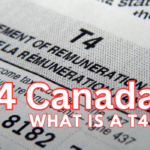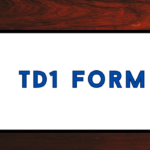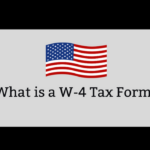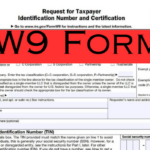On July 1, 2024, over 2.6 million Australian workers began receiving an increase in their weekly paychecks, thanks to a landmark decision by the Fair Work Commission (FWC). This ruling, delivered in June, mandates a 3.75% increase in award and minimum wages, translating to an additional $33.10 per week for those on the minimum wage. The national minimum wage now stands at $24.10 per hour, or $915.91 per week.
Minimum Wage Increase Australia
The FWC’s decision comes against a backdrop of modest inflation and stagnant productivity growth. Inflation was recorded at 3.6% for the year leading up to March, while labor productivity has not seen significant growth over the past four years. Justice Adam Hatcher, President of the FWC, emphasized the need for a balanced approach that does not exacerbate inflationary pressures while still providing relief to workers.
“It is not appropriate at this time to increase award wages by any amount significantly above the inflation rate,” Justice Hatcher noted. He highlighted that productivity growth has only recently returned to positive territory and acknowledged the upcoming stage 3 tax cuts and cost-of-living measures expected to boost household disposable incomes over the next year.
|
Important Links |
Impact on the Workforce
This wage increase directly and indirectly affects approximately one in four Australian workers. Around 20.7% of workers have their pay set under 121 modern award rates, while a small fraction, 0.2% or about 32,100 employees, earn the national minimum wage. Additionally, 4% of workers on enterprise and individual agreements have their pay linked to the FWC’s annual determinations.

Sectoral Reactions
The Australian Council of Trade Unions (ACTU) welcomed the wage increase, with Secretary Sally McManus hailing it as a significant victory for workers. “This means that an entry-level retail or hospo worker will be $2600 per year better off,” McManus stated. “A mid-level community sector worker will be $3260 a year better off, and a forklift driver will be $3170 better off.”
On the other hand, the Australian Retailers Association (ARA) expressed concerns about the financial strain this increase could place on businesses, especially small retailers. The wage hike, coupled with a scheduled 0.5% increase in the superannuation guarantee rate, results in a total wage rise of 4.25% from July 1. ARA chief executive Paul Zahra pointed out that rising operational costs and slowing discretionary spending could put significant pressure on small businesses, potentially leading to higher prices for consumers.
“Wage growth is important,” Zahra said, “however, we have consistently advocated that any increase must reflect the context of inflation moderating, the decline of labor productivity, and the cost-of-doing business challenges.”
Economic and Financial Perspectives
The financial sector has mixed views on the wage increase. Analysts from ANZ described the 3.75% rise as “in the middle of our expected range of 3.5-4%,” suggesting that the decision aligns with their economic forecasts. They believe the FWC’s decision does not substantially alter the outlook for wages, inflation, or the cash rate.
|
Important Links |
Looking Forward
The FWC also announced plans to examine pay structures in female-dominated industries before next year’s wage determination. This initiative aims to address gender pay disparities and ensure fair compensation across various sectors.
Conclusion
The 3.75% increase in the minimum wage represents a crucial step in supporting Australian workers amid economic challenges. While the rise brings tangible benefits to millions of employees, it also underscores the delicate balance between ensuring fair wages and maintaining economic stability. The decision highlights the complexities of wage policy in the current economic climate, balancing inflation, productivity, and the cost of living.
As Australia navigates this new wage landscape, the impacts on businesses, particularly small enterprises, and the broader economy will become clearer. The Fair Work Commission’s role in mediating these interests remains critical, ensuring that wage policies continue to support both workers and the economic health of the nation.





